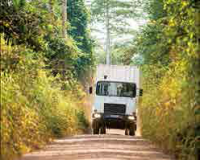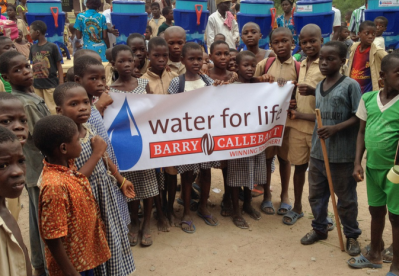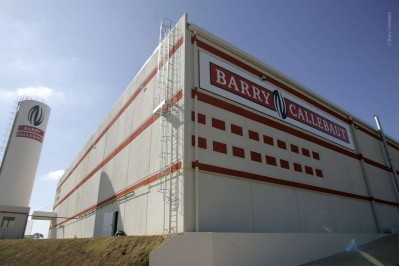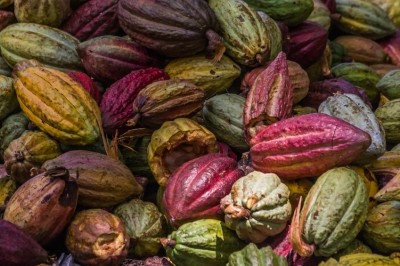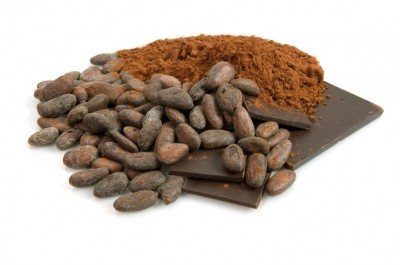Barry Callebaut sources 15% sustainable cocoa - but sets no timescales to scale up
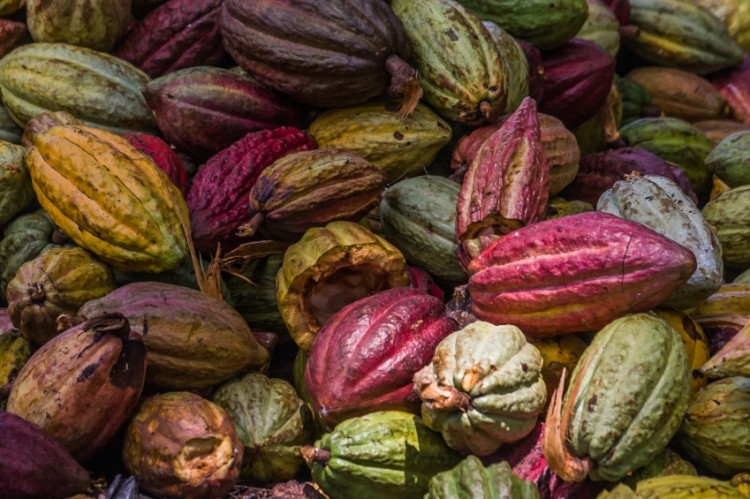
The company published its Cocoa Sustainability Report 2013/14 on Wednesday, which outlined milestones towards improving farmer livelihoods.
The achievements included initiating community development and farmer field school training under the company’s CHF 40m ($41.9m) 10- year Cocoa Horizons project and its Quality Partner program (QPP).
Barry Callebaut also said it had become a member of the World Cocoa Foundation’s CocoaAction initiative and said it had trained 99,000 farmers in good agricultural practices.
Sustainable cocoa milestones
The company told ConfectioneryNews that 15% of its cocoa now came from sustainable sources, either from its own program or from third party certifiers such as Fairtrade and UTZ Certified. But the company refuses to set targets to move to 100%.
“As a B2B supplier of food manufacturers and artisanal users of chocolate, we do not set such a target,” said Raphael Wermuth, Barry Callebaut’s head of media relations.
Target setting
Spanish chocolate and cocoa ingredients supplier Natra has committed to 100% certified cocoa by 2020 while manufactures such as Ferrero, Hershey and Mars have made the same pledge.
We asked why suppliers should be exempt from setting targets on sustainable or certified cocoa that have previously been set by major manufacturers and some suppliers.
“For us the important thing is that we significantly accelerated our effort in making the cocoa supply chain more sustainable (Quality Partner Program, CocoaHorizons, Chocovision, CocoaAction, etc.) - and with this we contribute to the overall goal of the industry in making the cocoa supply chain more sustainable for all stakeholders involved,” said Wermuth.
Third party certified volumes
Cocoa Horizons Truck
One of Barry Callebaut’s initiatives has been to send its Cocoa Horizons Truck into remote cocoa farming communities to provide farming training and free medical consultations. Since December 2013, truck has traveled 6,618 km through 46 villages, reaching 21,127 people and providing medical attention to 2,644 individuals.
He said the company was sourcing 84,000 metric tons (MT) of cocoa through its own sustainability programs, but refused to confirm the volume of third party certified cocoa (UTZ, Fairtrade etc.) in Barry Callebaut’s cocoa supply.
“It’s not that we make a secret of this," said Wermuth, adding that he only couldn't disclose Barry Callebaut's total cocoa volumes as this the figure would be published on November 6.
Barry Callebaut’s report said that 54,000 MT of the 84,000 MT from Cocoa Horizons was third party certified, but this does not account for third party cocoa purchased outside of Barry Callebaut’s sustainability programs.
Barry Callebaut’s largest competitor Cargill also refused to communicate the volume and percentage of third party certified cocoa it used when asked at the World Cocoa Conference in June. However, Cargill said that 15-20% of its cocoa supply was covered by its own sustainability program The Cargill Cocoa Promise.
Wermuth said that Barry Callebaut’s CHF 40m ($41.9m) Cocoa Horizons program was only a part of its sustainable cocoa commitments. He said the firm had spent around CHF 10m on sustainable cocoa initiatives in fiscal 2012/13, representing nearly 5% of net profit for the group.
The challenges
Barry Callebaut’s cocoa sustainability report, independently verified by consulting group Denkstatt, said that 30-40% of cocoa crops were lost to diseases. It said the average age for a farmer in West Africa was 51 years and older farmers were less able to modernize their farms.
The report added that average farm sizes in West Africa were 2-4 hectares, which meant many were too small to generate sufficient revenue.
It also noted challenges in cocoa communities such as child labor provoked by poverty, poor access to health services and literacy rates under 20%.
